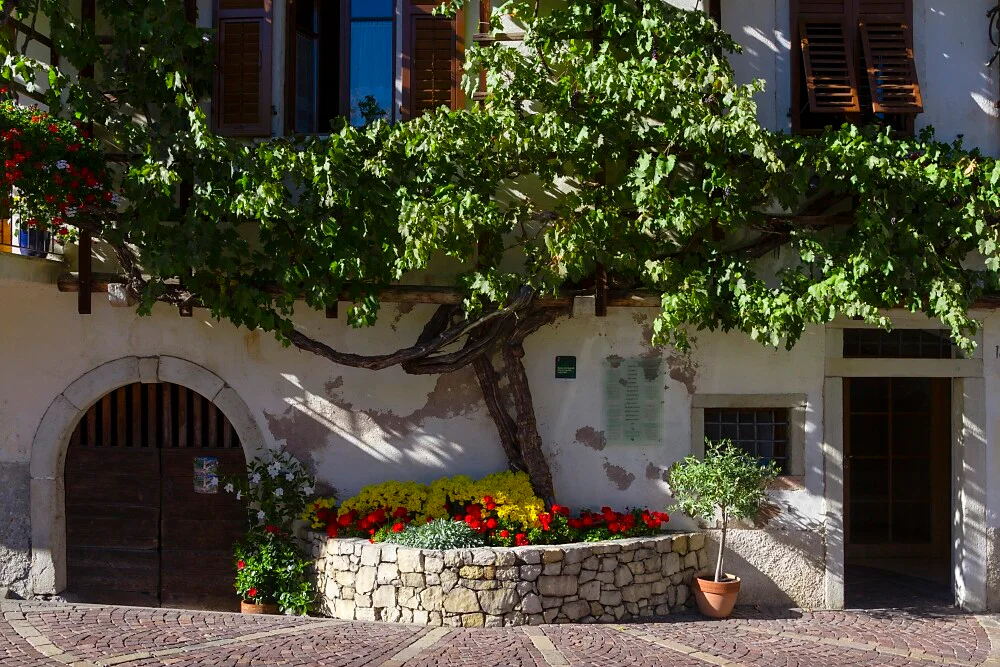Following extensive restoration work, Rabland Lake is now shining in new splendor – and once again open to visitors!
Just a short walk from Rabland train station and directly on the popular Via Claudia Augusta cycle path, this small lake once again invites you to pause, breathe, and enjoy the peace of nature.
In recent months, this idyllic spot was closed to the public: an invasive aquatic plant – Elodea nuttallii, commonly known as Nuttall's waterweed and native to North America – had spread rapidly, disrupting the lake’s delicate ecological balance. The result was cloudy water and a dramatic decline in biodiversity.
To preserve this natural gem, local authorities, the municipality of Partschins and the local fishing club joined forces for a comprehensive restoration project: the water level was lowered, the plants were removed, and the lakebed was filled with clean material. A careful ecological restoration followed.
Today, Rabland Lake is back at its best: clear, inviting, and close to nature. Fed by the Ziel stream and surrounded by lush banks, it provides a habitat for numerous native species – including mallards, coots, grey herons, dippers, wagtails, frogs, fish, and dragonflies such as the green hawker and the emperor dragonfly.
A bench overlooking the water offers the perfect spot for a rest – whether you’re cycling past, taking a stroll, or simply enjoying a moment of peace. Those who observe with open eyes and ears will find a quiet piece of unspoiled nature here.
Welcome back to Rabland Lake – the peaceful heart between cycle path, train station and nature!




















































































































